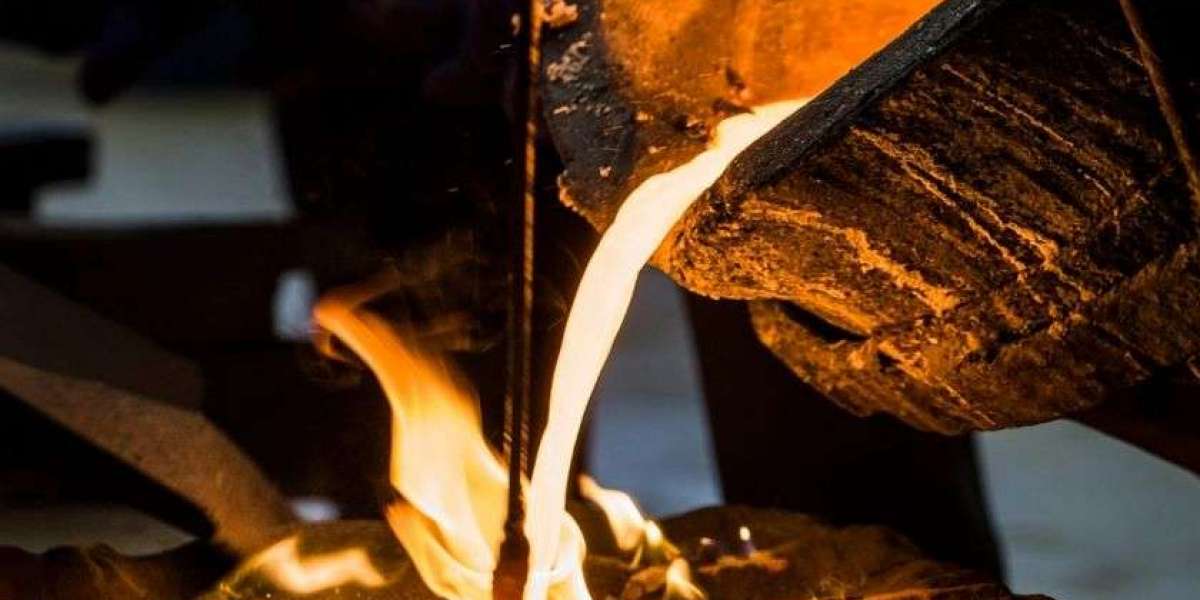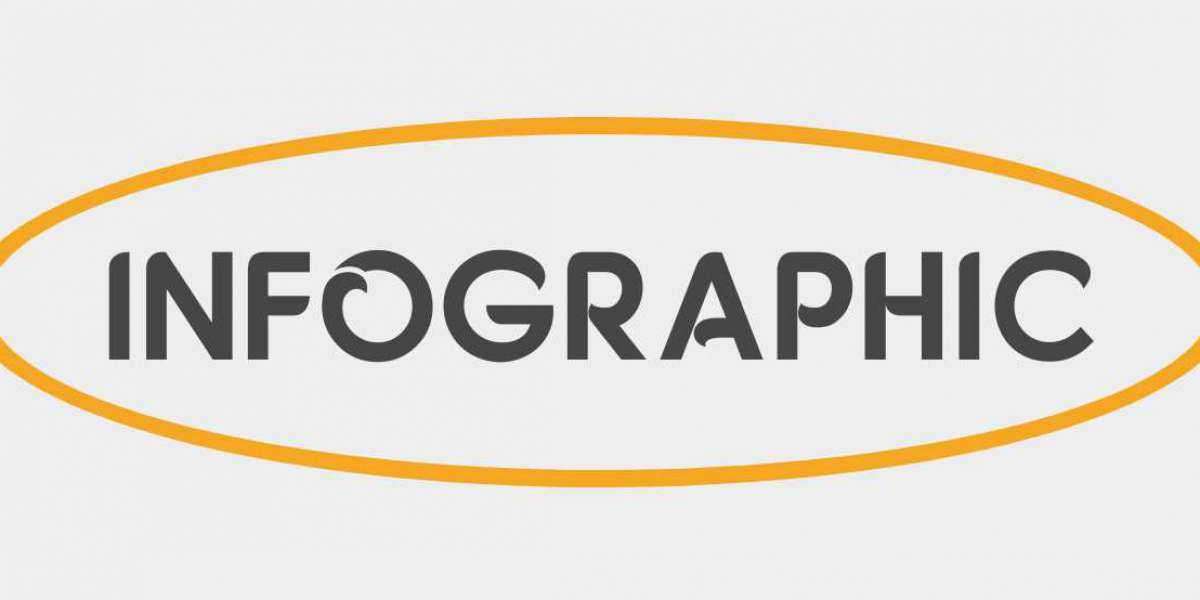Metal casting is a fascinating and ancient process that has been used for centuries to create intricate and durable objects. If you have a passion for working with metal and want to delve into the world of casting, setting up your own casting foundry can be a fulfilling endeavor. This comprehensive guide will walk you through the essential steps and considerations involved in establishing and operating a successful casting foundry.
Planning and Research:
Before diving into the casting process, it's crucial to conduct thorough research and create a detailed plan for your foundry. Consider factors such as the type of metals you want to cast, the size and scale of your operation, and the required equipment and facilities. Additionally, familiarize yourself with local regulations and permits to ensure compliance.Acquiring Equipment and Tools:
To set up a casting foundry, you'll need specific equipment and tools. Some essential items include:
a. Furnace: Invest in a high-quality furnace suitable for melting metals. Electric or gas-powered furnaces are commonly used, depending on your needs and budget.
b. Crucibles: Crucibles are containers designed to withstand high temperatures and hold the molten metal. Choose crucibles made from materials compatible with the metals you plan to cast.
c. Molds and Patterns: Depending on your casting method (sand casting, investment casting, etc.), acquire or create molds and patterns to shape your metal objects.
d. Casting Flask: A casting flask is a two-part container used to hold the mold during the casting process. It provides stability and ensures accurate results.
e. Ventilation and Safety Equipment: Install proper ventilation systems to remove harmful fumes. Invest in safety gear, including heat-resistant gloves, goggles, and protective clothing.
Setting Up the Foundry:
Design and organize your casting foundry in a way that optimizes workflow and safety. Consider factors such as space requirements, workstations, storage for raw materials, and a designated area for casting and finishing processes. Ensure proper lighting and a well-ventilated environment.Metal Preparation and Melting:
Prepare your metal by removing impurities and ensuring the correct alloy composition. Weigh and measure the metal accurately before placing it into the crucible. Follow proper safety protocols during the melting process, including wearing protective gear and using caution with hot metals.Casting Techniques:
Choose your preferred casting method based on your desired results and available resources. Popular techniques include:
a. Sand Casting: The most versatile and cost-effective method that uses sand molds created from patterns.
b. Investment Casting: Ideal for intricate and detailed objects, this method involves creating a wax or plastic pattern and investing it in a ceramic mold.
c. Die Casting: Suitable for high-volume production, this method employs reusable molds and high-pressure injection of molten metal.
Finishing and Post-Casting Processes:
Once the metal has solidified, remove it from the mold carefully. Use appropriate tools and techniques for finishing, such as grinding, sanding, and polishing. Additional processes may include heat treatment, machining, and surface coating to achieve the desired final product.Quality Control and Testing:
Implement quality control measures to ensure the integrity and consistency of your castings. Inspect each finished piece for defects, measure dimensions accurately, and conduct necessary tests to meet industry standards and customer expectations.Safety and Maintenance:
Maintaining a safe working environment is paramount. Regularly inspect and maintain your equipment, including furnace calibration, crucible replacement, and ventilation system upkeep. Train yourself and any employees on proper safety procedures and ensure the availability of fire extinguishers and first aid kits.
Conclusion:
Establishing and operating a casting foundry requires careful planning, adequate equipment, and a commitment to safety and quality. By following this comprehensive guide, you'll be well-equipped to embark on your metal casting journey, creating beautiful and functional objects through the art of casting. Remember to continually refine your skills, experiment with new techniques, and embrace the joy of bringing molten metal to life.








